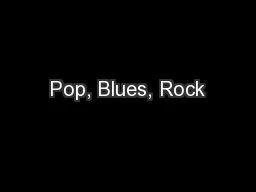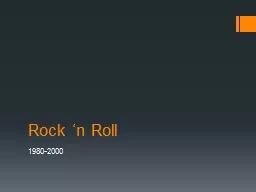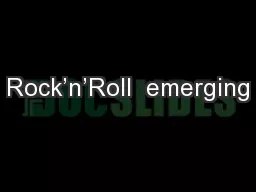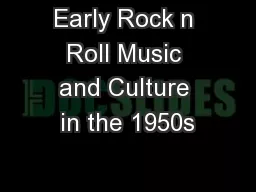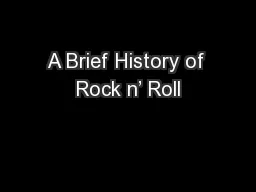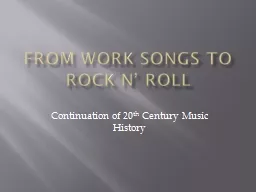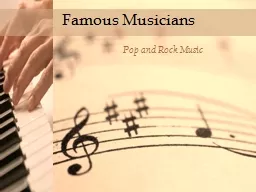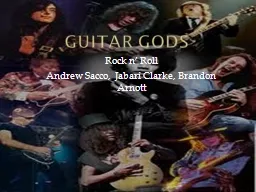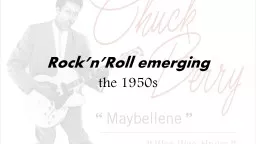PPT-Rock and Roll Rock and roll
Author : giovanna-bartolotta | Published Date : 2019-06-29
often written as rock amp roll or rock n roll is a genre of popular music that originated and evolved in the United States during the late 1940s and early 1950s
Presentation Embed Code
Download Presentation
Download Presentation The PPT/PDF document "Rock and Roll Rock and roll" is the property of its rightful owner. Permission is granted to download and print the materials on this website for personal, non-commercial use only, and to display it on your personal computer provided you do not modify the materials and that you retain all copyright notices contained in the materials. By downloading content from our website, you accept the terms of this agreement.
Rock and Roll Rock and roll: Transcript
Download Rules Of Document
"Rock and Roll Rock and roll"The content belongs to its owner. You may download and print it for personal use, without modification, and keep all copyright notices. By downloading, you agree to these terms.
Related Documents


